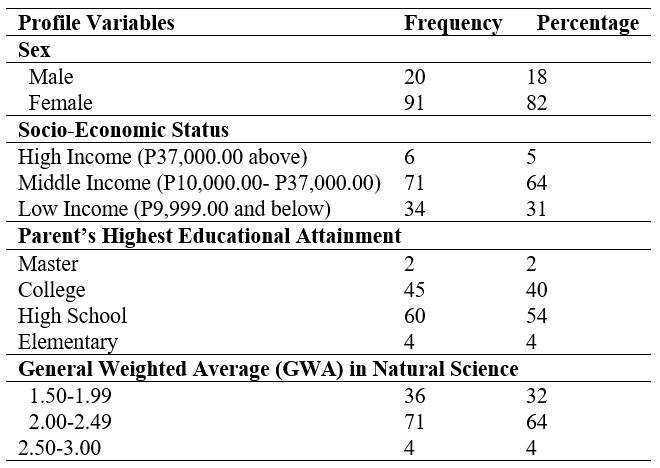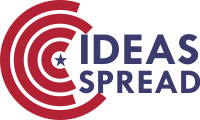Discovering Ecological Awareness of Filipino Education Students
Abstract
Ecological awareness is a way of thinking about the world in terms of its interdependent natural and human systems, including a consideration of the consequences of human actions and interactions within the natural context. Hence, this research determined the level of ecological awareness of Filipino education students, with the aim of strengthening their ecological awareness through enrichment activities. The input of the study was determined by employing self-made questionnaire as the principal tool for gathering data. Through appropriate statistical tools and analyses of data, the study revealed that the respondents are greatly female individuals who belonged to the bracket of middle income, reached high school level which was the parent’s highest educational attainment and acquired General Weighted Average (GWA) in Natural Sciences (NS) ranging from 2.00-2.49. It also revealed that the respondents are aware when it comes to caring and practical competency. Further, it was revealed that there is no significant relationship between sex and ecological awareness while there is a significant relationship between socio-economic status, parent’s highest educational attainment, GWA in NS and ecological awareness. The above-mentioned findings recommend to conduct programs that integrate caring, knowledge, and action that determine potential to enhance student’s ecological awareness and promote transparency and public participation in decision-making, and access to justice in environmental matters.


This work is licensed under a Creative Commons Attribution 4.0 International License.
Copyright for this article is retained by the author(s), with first publication rights granted to the journal.
This is an open-access article distributed under the terms and conditions of the Creative Commons Attribution license (http://creativecommons.org/licenses/by/4.0/).








1.png)














